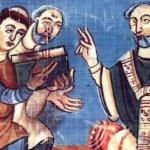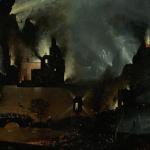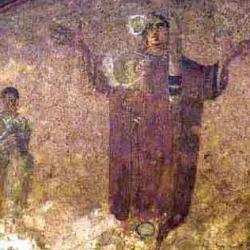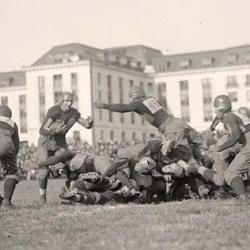“God’s work in history,” writes Mark Searle (Liturgy Made Simple), “is to gather into one the scattered children of God, to overcome divisions, to provide a place for the homeless and the lonely, to give support to those whose burdens are heavy, and to create an oasis of community in the midst of a world painfully divided into the haves and have-nots” (21).
There’s a lot to do, so why spend so much time in worship? Searle answers that the gathered congregation is “a sign set among the nations – or, at least, set up in this neighborhood – to testify to the reality of God and to his concern for the human race.” The church testifies to God’s work by her sheer existence as the gathered community.
He admits that the church may be a pretty poor signifier of God’s grace: “it can be riddled with cliques, smug and self-satisfied, lacking any sense of itself as a Christian community, even rife with prejudice and soiled with social injustice” (20).
Still the world needs the gathered church. To explain how, he highlights the importance of the the confession (he calls it the “penitential rite”) that opens the liturgy. It purpose “is not so much to enable us to clean the slate of personal peccadilloes but to enable us to recognize that, although we have gathered to make visible the Body of Christ, which is the Church, we have not lived as members of that Body. . . . Instead we have developed the kind of spotty lives which enable us to merge unnoticed, like the chameleon, into our secular environment” (20-1).
Acknowledging our “infidelity,” we are also acknowledging our vocation to be “a people called together by God to be his witnesses and his fellow-workers in human history” (21). The world needs this sign, precisely in our sinfulness and forgiven-ness, to know that God has not left this world to its own devices.











